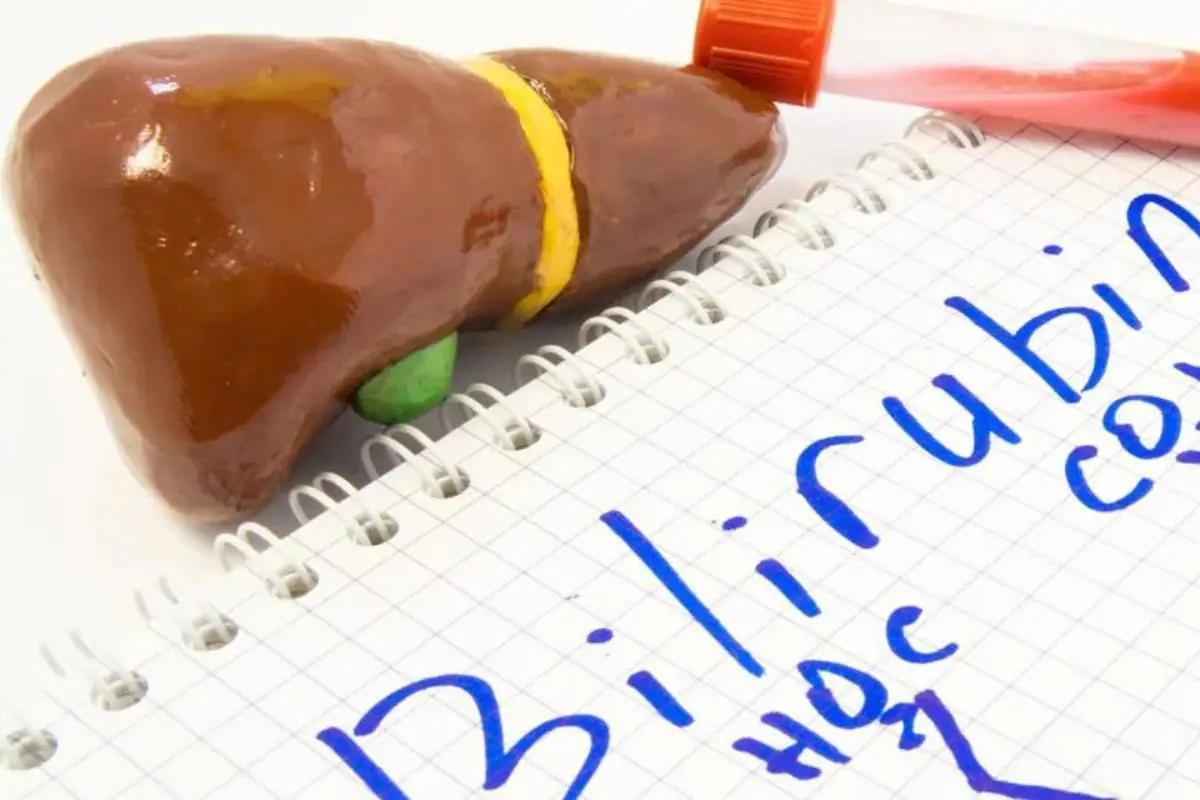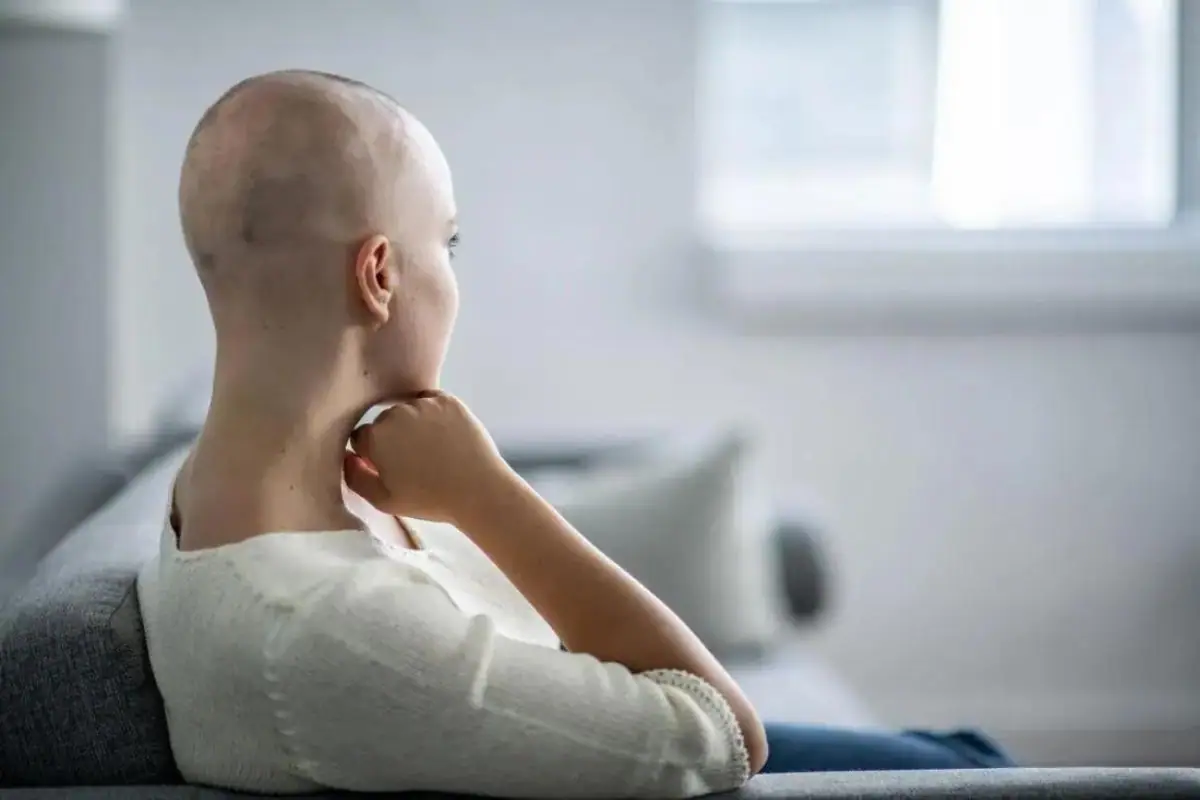Advertisement
What Causes The Skin To Turn Yellow?
Advertisement
Yellow skin is often caused by a condition known as jaundice, which occurs when there is an excess of bilirubin in the blood. Bilirubin is a yellow pigment produced during the normal breakdown of red blood cells. Liver issues, such as hepatitis or cirrhosis, can prevent the liver from properly processing bilirubin, leading to its buildup. Other causes include blockages in the bile ducts, infections, or inherited conditions like Gilbert's syndrome. Recognizing the underlying cause is crucial for treatment and preventing more serious health issues.
Choledocholithiasis
Choledocholithiasis, or the formation of a gallstone in the common bile duct, can obstruct the flow of bile that contains bilirubin to the intestines. This obstruction can cause bilirubin to back up into the liver and bloodstream, leading to jaundice. The common bile duct is typically narrow, about six millimeters in diameter, making it susceptible to blockages. Treatment often involves a procedure called choledocholithotomy, where a small incision is made to insert a tube and a balloon to remove the stone and restore bile flow.

Advertisement
Gilbert’s Syndrome
In some individuals, the liver struggles to effectively process bilirubin due to Gilbert's syndrome, a mild disorder. This condition can lead to a subtle yellowish hue in the skin or eyes, as unprocessed bilirubin accumulates in the bloodstream. Although jaundice is a common symptom, Gilbert’s syndrome generally does not lead to serious health issues. While some affected individuals may experience fatigue or a reduced appetite, research has not established a direct link between these symptoms and elevated bilirubin levels. Notably, studies indicate that people with Gilbert’s syndrome may have a lower risk of developing coronary artery disease.
Advertisement
Effects of Chemotherapy
Chemotherapy drugs used in cancer treatment can significantly impact liver function, impairing its ability to process and clear bilirubin. Some cancers also directly weaken the liver, increasing its vulnerability to damage from medications. Complications from chemotherapy can include liver cell damage, vein obstruction in the liver, or liver fibrosis, all of which can contribute to jaundice. It is essential for healthcare providers to monitor patients undergoing chemotherapy for signs of jaundice as an indicator of liver distress.

Advertisement
Hemolytic Anemia
Occasionally, red blood cells can break down in an atypical manner. When these cells burst, they release their contents into the surrounding bloodstream. This process is commonly known as hemolysis. Such abnormal breakdowns can lead to hemolytic anemia, a form of anemia that may have multiple side effects. If persistent, this condition can result in the accumulation of bilirubin in the liver, gallbladder, and bile ducts. Hemolysis may be triggered by various factors, including certain medications, autoimmune diseases, or genetic conditions.
Advertisement
Crigler-Najjar Syndrome
Crigler-Najjar Syndrome is a rare genetic disorder that disrupts the normal metabolism of bilirubin, leading to severe jaundice. This condition is characterized by high levels of unconjugated bilirubin, which can result in neurological damage if not managed properly. Occurring in fewer than one in a million live births, its exact causes are not well-understood due to its rarity. In some cases, liver cell transplantation has been successfully used to treat this condition, as in the notable recovery of a ten-year-old girl with the syndrome.

Advertisement
Liver Cirrhosis
Liver cirrhosis involves the scarring of liver tissue, which impedes the liver’s ability to function properly, including its capability to process and clear bilirubin. Causes of cirrhosis include chronic alcohol abuse, hepatitis infections, and fatty liver disease. As the liver function deteriorates, bilirubin accumulates in the bloodstream, leading to jaundice. Managing liver cirrhosis involves addressing the underlying cause, possibly through lifestyle changes, medication, or in severe cases, liver transplantation.

Advertisement
Hepatitis
Hepatitis, or inflammation of the liver, can be caused by viruses (such as hepatitis A, B, and C), toxins, certain drugs, and autoimmune diseases. This inflammation can impair the liver's ability to excrete bilirubin effectively, causing its levels to rise and result in jaundice. Treatment depends on the specific type of hepatitis, ranging from antiviral medications for viral hepatitis to avoiding alcohol and other liver-damaging substances in toxin-induced cases.

Advertisement
Biliary Stricture
Sometimes, the common bile duct may narrow abnormally, a condition known as biliary stricture. This narrowing is usually a result of damage to the bile ducts, with surgery being the most frequent cause, though other conditions like pancreatitis can also lead to this issue. Symptoms of a biliary stricture can include nausea, chills, fever, and jaundice. Treatment aims to restore the common bile duct to its original width. To achieve this, some surgeons might insert stents to expand the duct, while others may opt to surgically remove the constricted segment and reattach the duct to the small intestine.

Advertisement
Cholestasis
Cholestasis refers to any condition in which the flow of bile from the liver stops or slows down. This can occur within the liver (intrahepatic) or outside the liver (extrahepatic). Diseases such as primary biliary cholangitis and certain medications can cause cholestasis. The backup of bile leads to an accumulation of bilirubin, causing jaundice. Treatment focuses on the underlying cause and may include medications to improve bile flow, dietary adjustments, and, in some cases, procedures to clear blocked bile ducts.

Advertisement
Medications
A variety of medications and pharmaceutical drugs can lead to elevated bilirubin levels. Some medications impair liver function, hindering its ability to process bilirubin effectively. Others may cause unusual breakdowns of red blood cells. Antipsychotics and specific sex hormones are particularly known to increase bilirubin levels. Additionally, certain allergy medications administered to infants can prompt their bodies to produce more bilirubin, potentially resulting in a brain dysfunction known as kernicterus. This condition occurs when excess bilirubin accumulates in the brain, leading to neurological damage.
.png)




